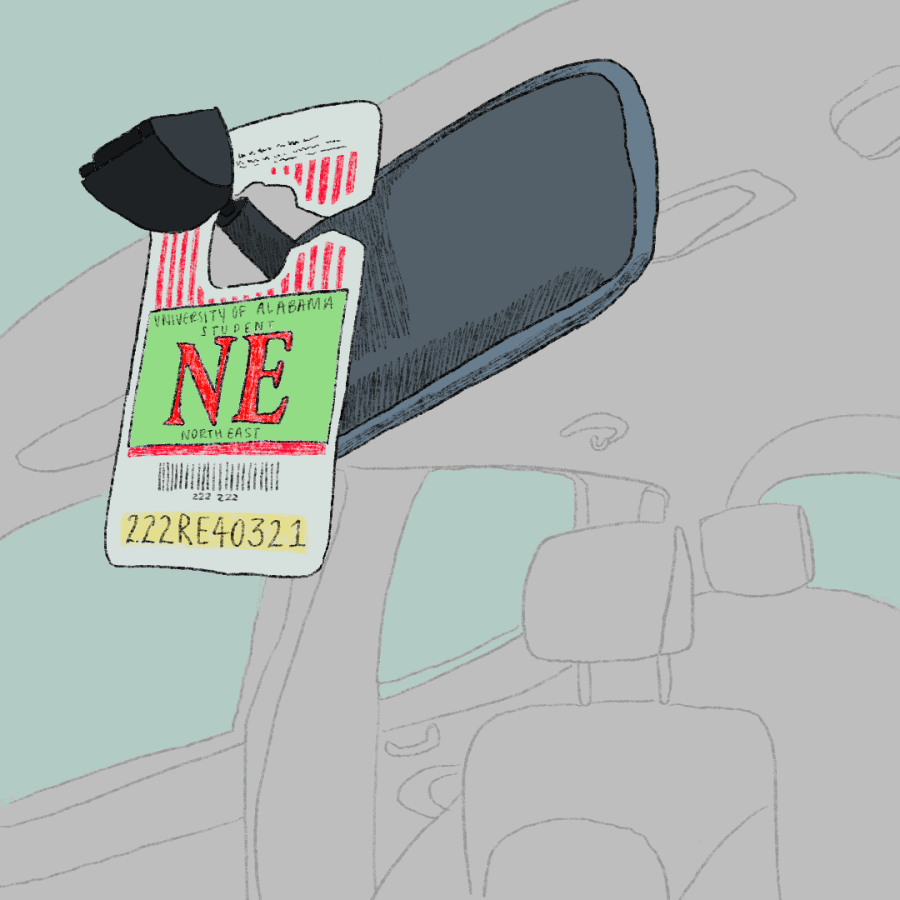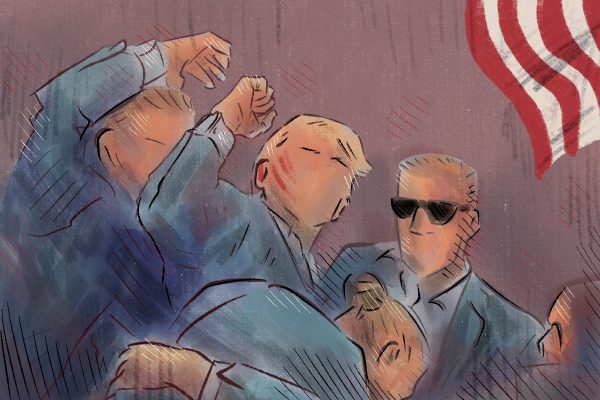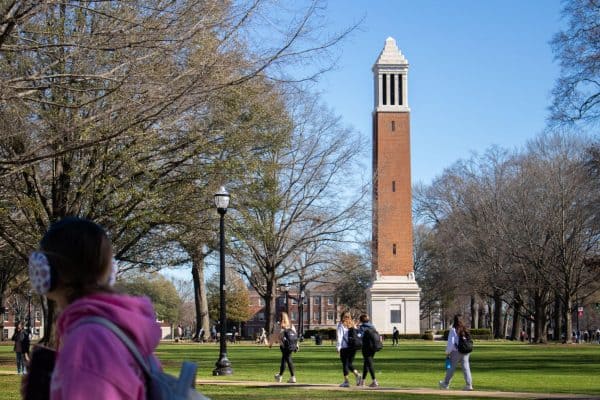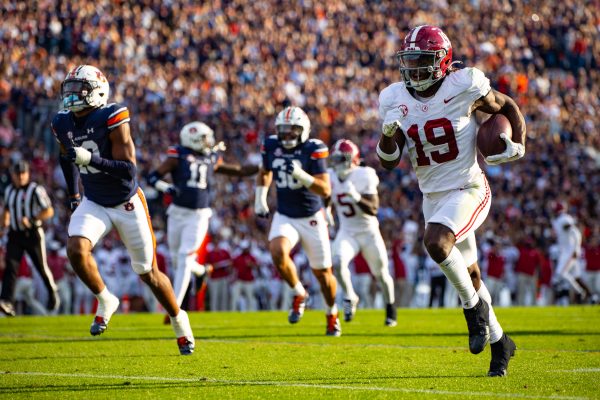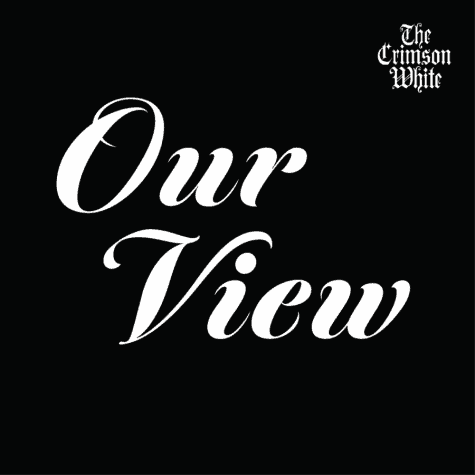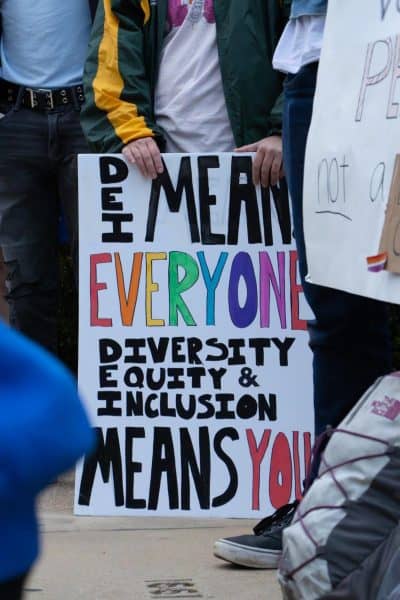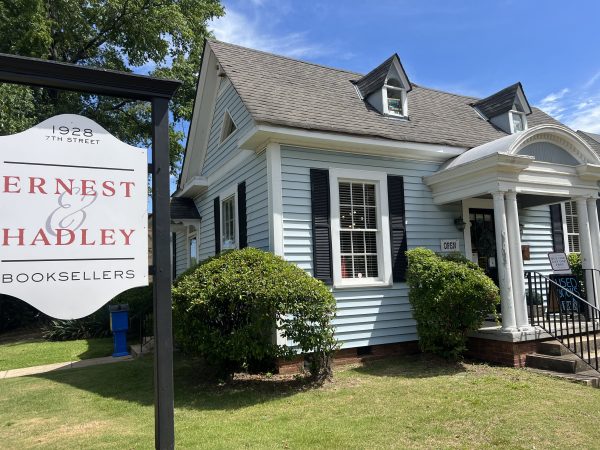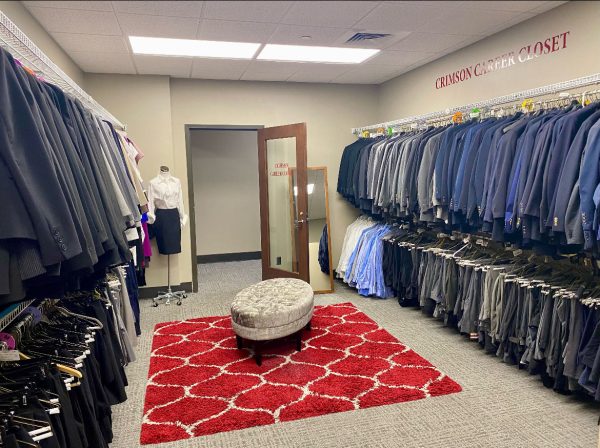Parking problems: Improving campus accessibility for commuting students
August 24, 2022
Some things are a constant at The University of Alabama. Alabama football head coach Nick Saban will always lead a dominant team, students will always flood Gorgas Library during finals week and campus parking will always annoy students.
With only 8,400 available dorm rooms, nearly all students are forced to live off campus after their freshman year. As each freshman class continues to break records, the campus community becomes increasingly dense. While the University celebrates such rapid growth, overbooked students were moved to East Edge and the Lofts last year with little notice.
That leaves a majority of students to commute to campus. There are three main parking passes available for commuting students to purchase at the University of Alabama: West, Northeast and Southeast.
The West Commuter Permit is the preferred option for many students, but often sells out the fastest. With close proximity to several lecture halls, fraternity houses and the Strip, it allows students to access a larger portion of campus.
The University issues 1,800 West Commuter permits, forcing many students to choose other permits further away from campus hotspots.
While the student reserve parking deck is in a preferred area, it is almost double the cost of a regular parking permit. The $345 passes already financially strain students. The student reserve pass costs $660, creating a luxury tax for location and accessibility.
Even faculty and staff must pay for their parking passes, despite some staff making as little as $14 per hour. Some faculty live as far as Birmingham, meaning driving to campus is their only option.
Those who live in apartments or houses off-campus have no choice but to drive every day or use the Crimson Ride buses. The buses run on a strict schedule based on their respective distances from the Bus Hub and students can view their location through Passio Go!. However, only certain off-campus locations have access to Crimson Ride buses.
“The parking passes are too expensive for the average student. I’m just glad I have a way to get to class,” said Ben Mitchell, a sophomore studying news media. Mitchell said his apartment’s bus works for him, but not everyone has the access he does.
Even in apartments with access to bus transportation, there are less rides available for students with evening classes. Those apartments with bus access struggle to accommodate applicants and overbook rooms.
“I signed a lease at Lark Tuscaloosa in February,” Tanaiya Sanders, a sophomore majoring in news media, said. “You can imagine my reaction when I received an email end of July stating there’s a possibility I will not have a room at an apartment I signed a lease at.” Sanders was relocated to Redpoint, Lark Tuscaloosa’s sister complex.
Low-income students are more likely to be the ones commuting to campus, as off-campus housing is often a far less expensive option than continuing to live on campus past freshman year. Complexes also advertise bus access as an amenity, making options with transportation even less affordable.
Students across campus expressed extreme frustration with UA parking, citing the lack of accessibility, outrageous costs and general inconvenience associated with parking at the Capstone.
Clay Folks, a sophomore majoring in finance, said that parking is the only option for most students.
“It’s extremely frustrating that if an upperclassman wants to live on campus that they will most likely not be given that opportunity. This forces them to commute to class from their off-campus residence,” Folks said.
Students explained that, with limited parking, commuters have to take a gamble on if they can find a parking spot and get to class on time.
“The only alternative to that gamble is then the University’s public transit, which itself already has a shortage of drivers and has been forced to end certain bus routes,” Folks said.
Additionally, a lack of adequate parking disproportionately harms students from low income backgrounds. Not every student can afford a parking pass that costs hundreds of dollars, and it is those very students who will then be harmed the most by the tickets that they will inevitably incur without a pass.
The University has shown it has the money to expand parking or other ways to access campus, but continues to use funds on projects that don’t benefit students. The Bryce Superintendent’s House received $4.4 million worth of renovation for trustees to have a more opulent gameday palace.
The University could use the exorbitant amount of money it receives from parking passes to fund new parking garages or lots that accommodate a growing student body. Even if this does not solve location problems, it would prevent many students from having to pay for more expensive reserve lots.
With tuition increasing and new fees being added to student bills, the least the University could do is provide more parking spaces. This is especially relevant to the West Commuter area’s tucked away gravel lot and inefficient ground parking. Especially as the University’s endowment passes $1 billion, these changes should be simple.
Alternatively, the University could use its $7.8 million electric bus grant from the Bipartisan Infrastructure Law to expand bus routes to reach more student apartment complexes. The University said this grant will give students the “option” for expanded bus routes, but this will increasingly become a necessity on an expanding campus.
Parking is not a new problem at The University of Alabama, but solving it will require intentional policy and projects by administration. Until then, poor parking and campus accessibility will continue to harm students who cannot afford expensive passes or apartments with bus access.

